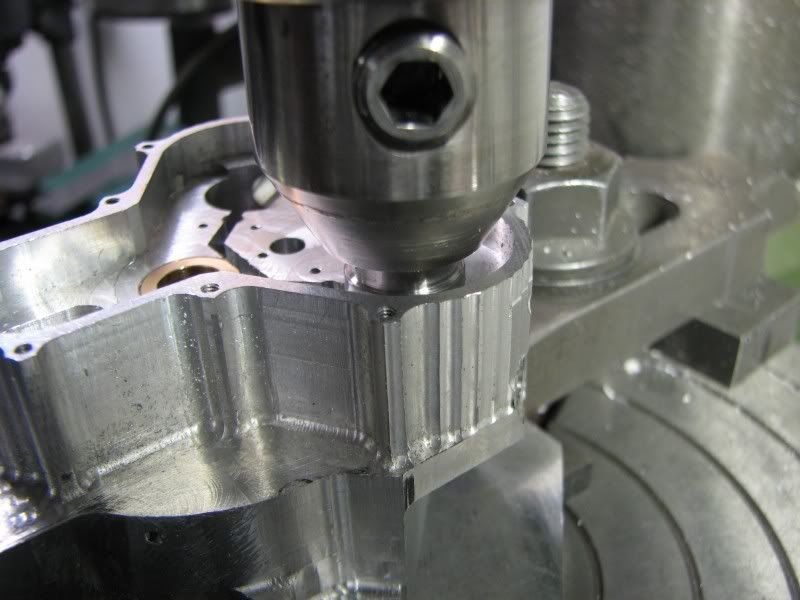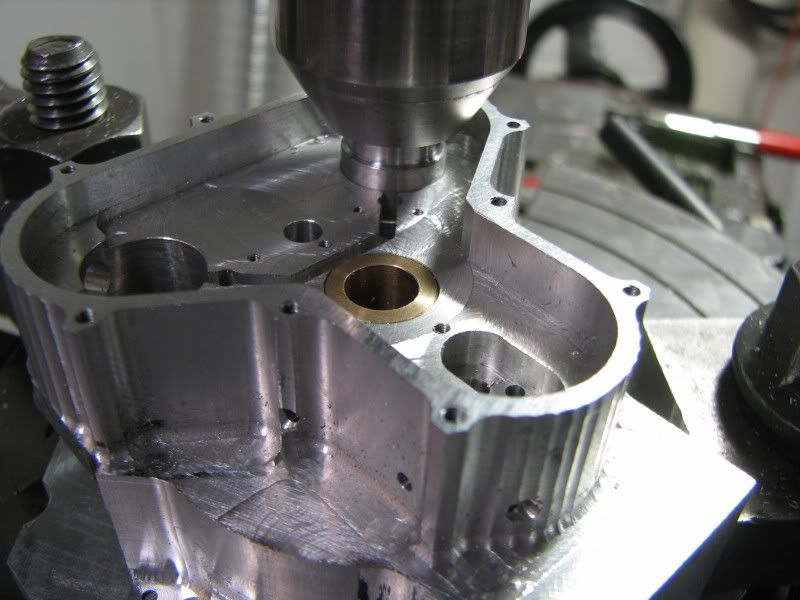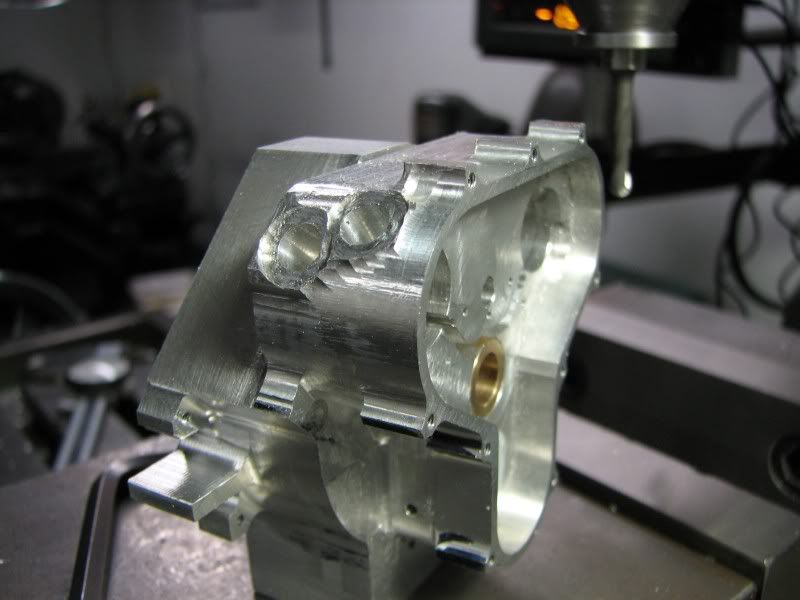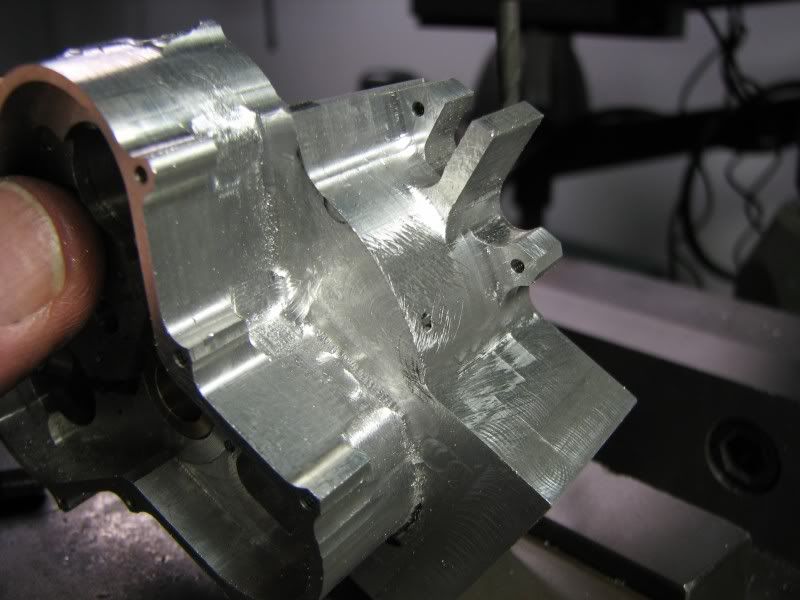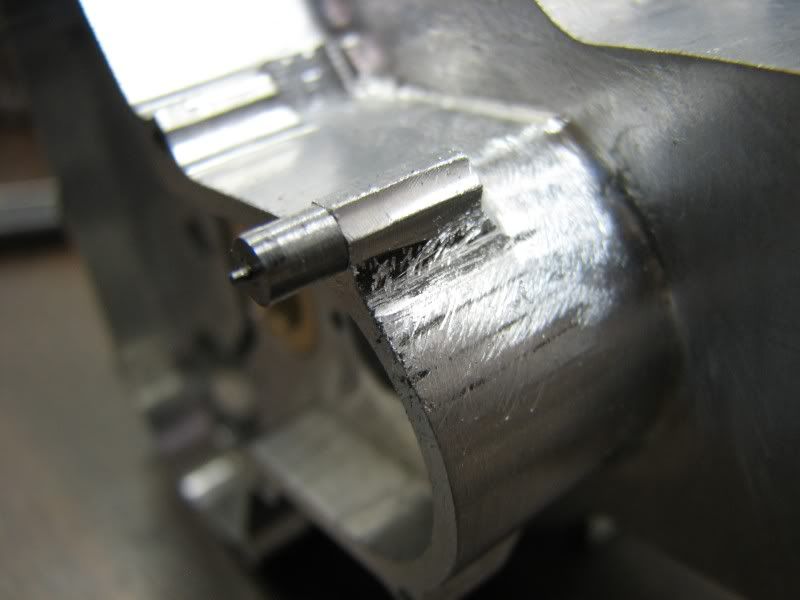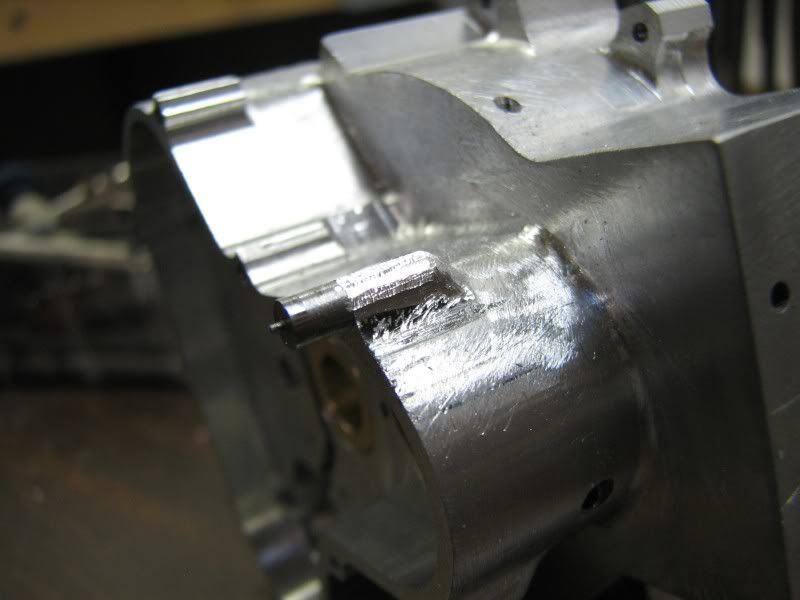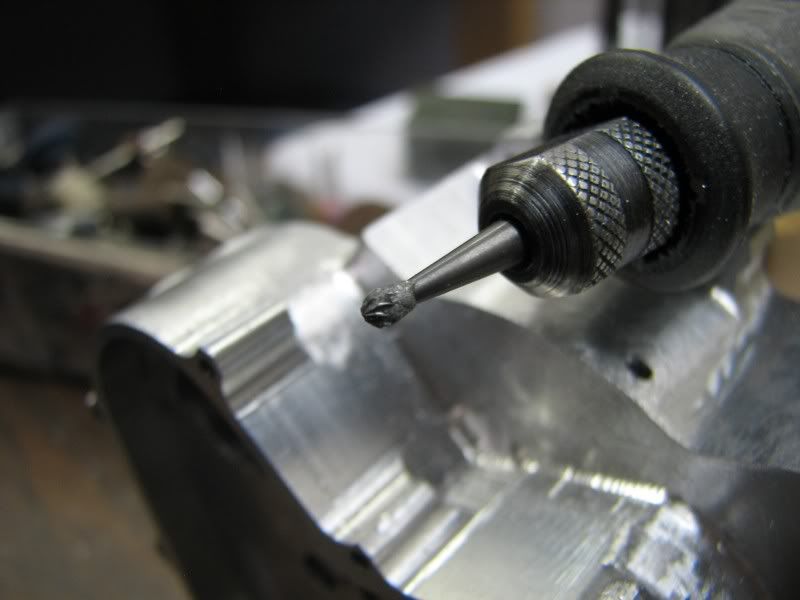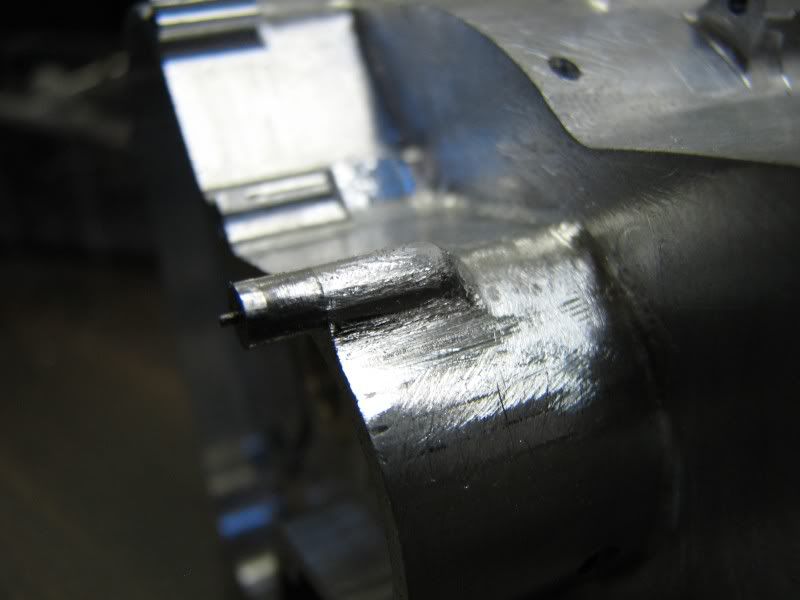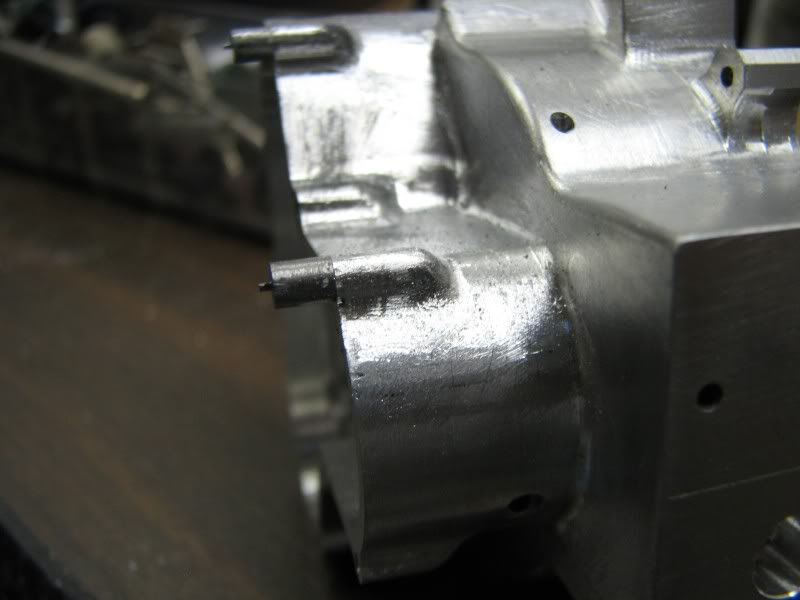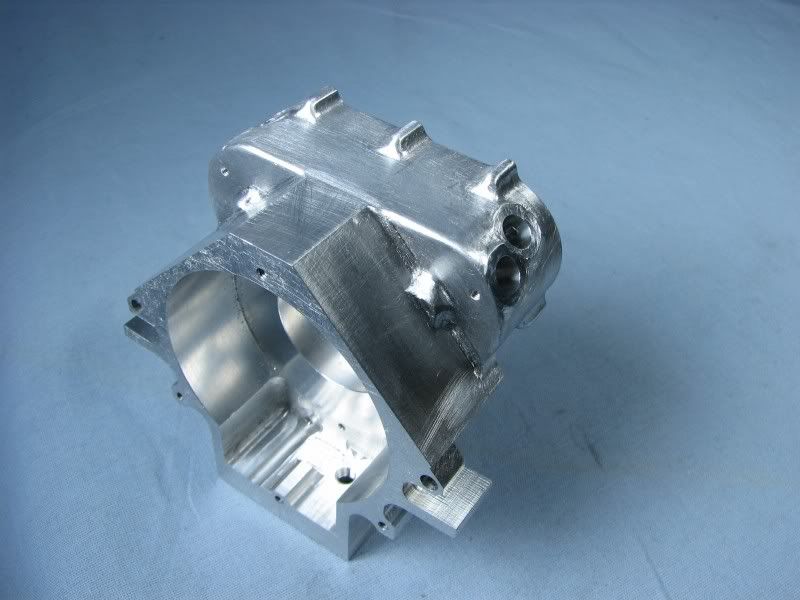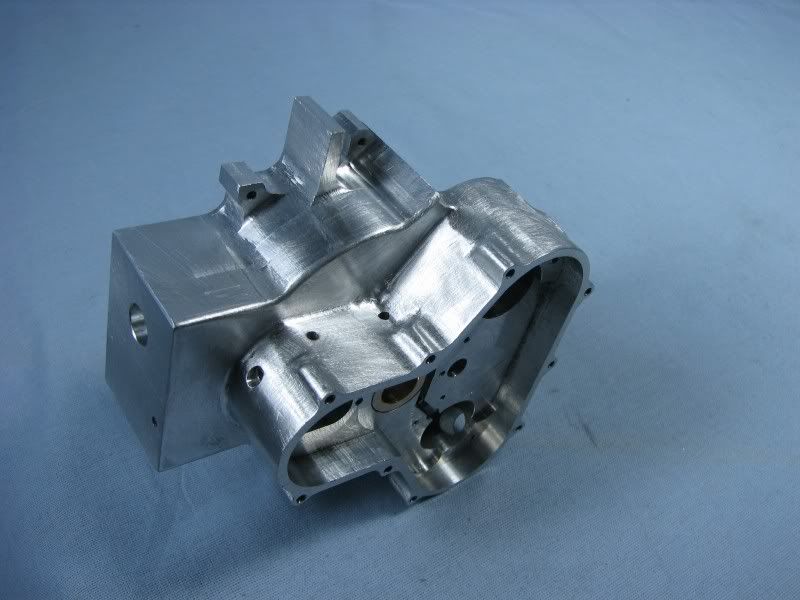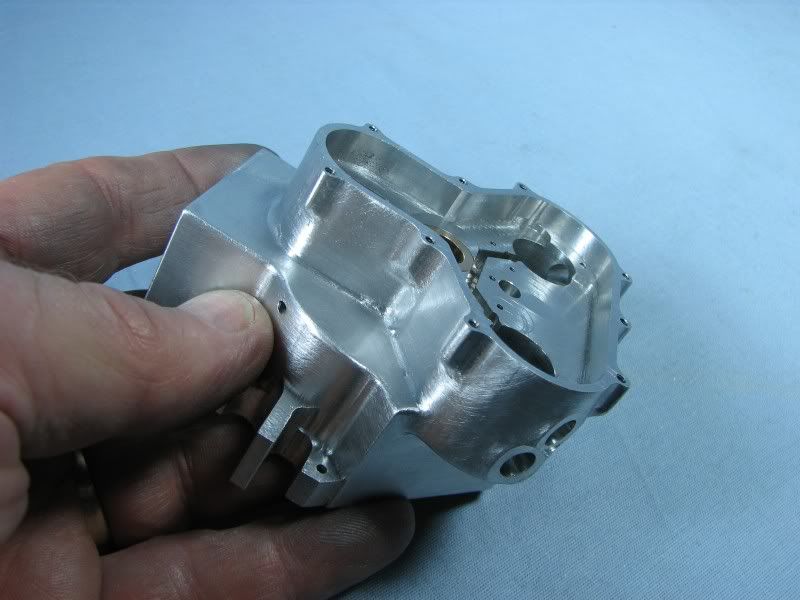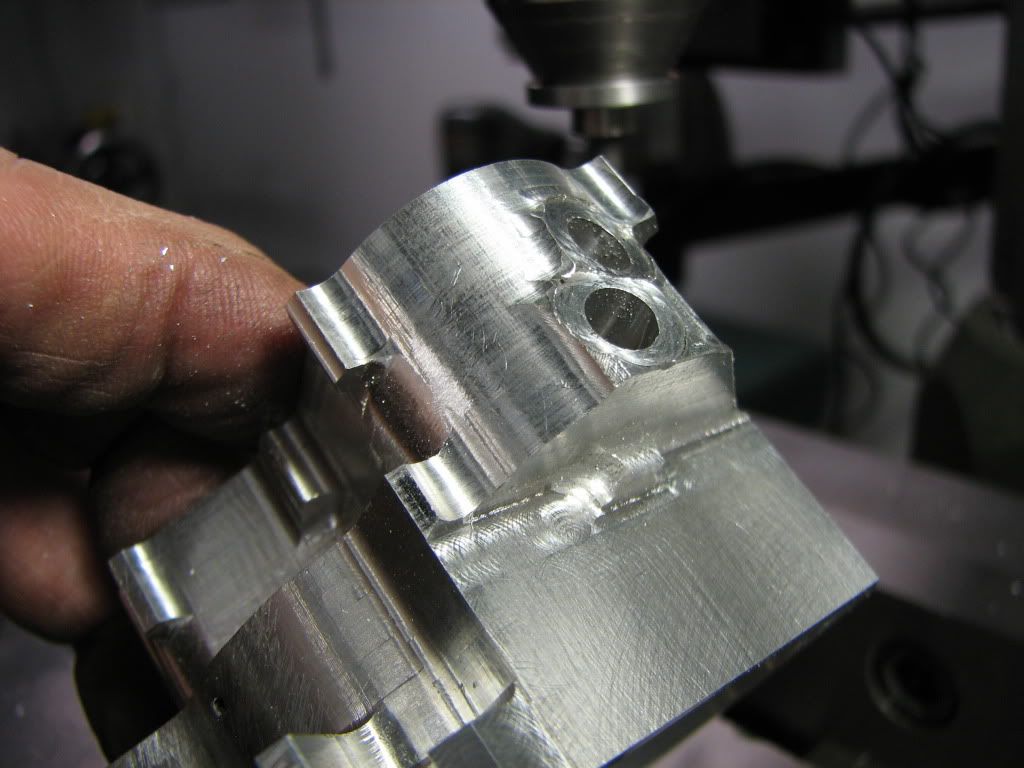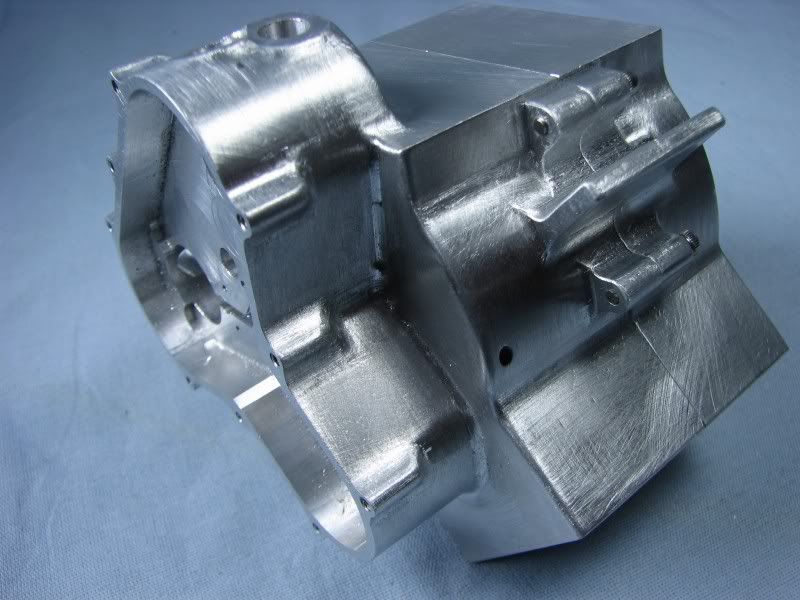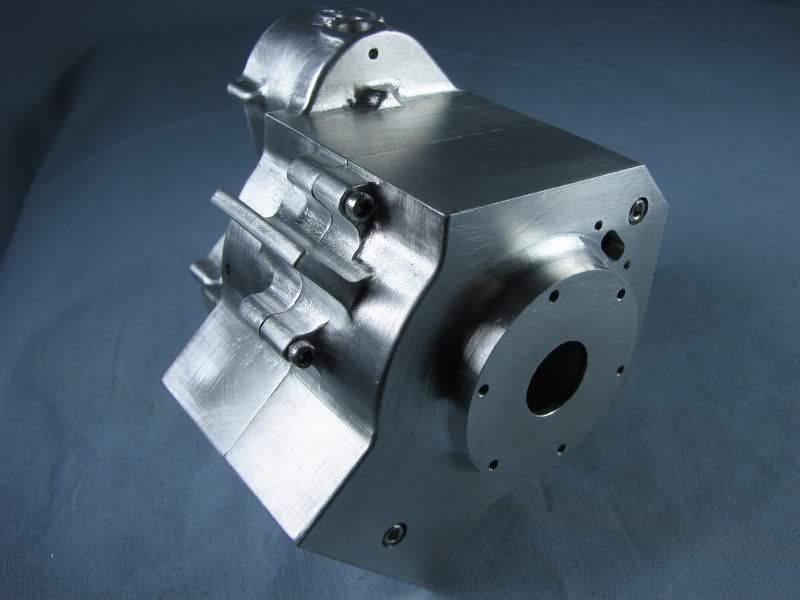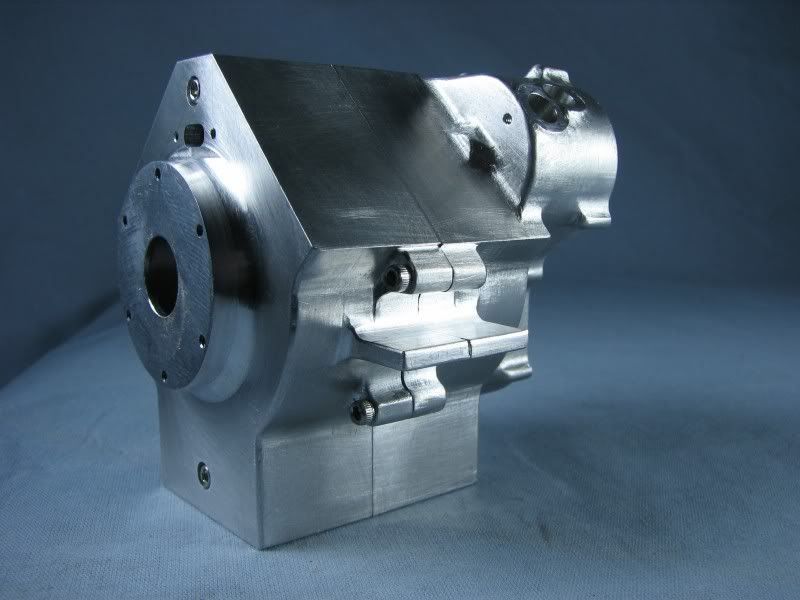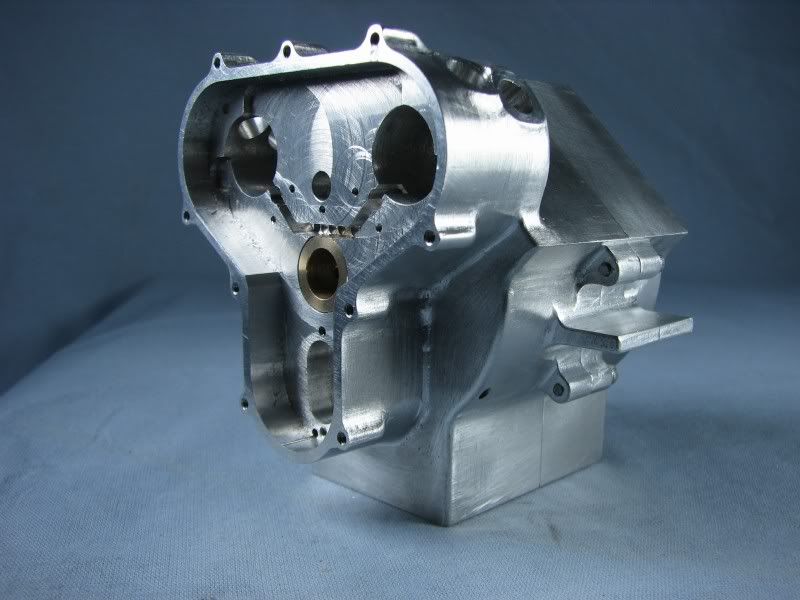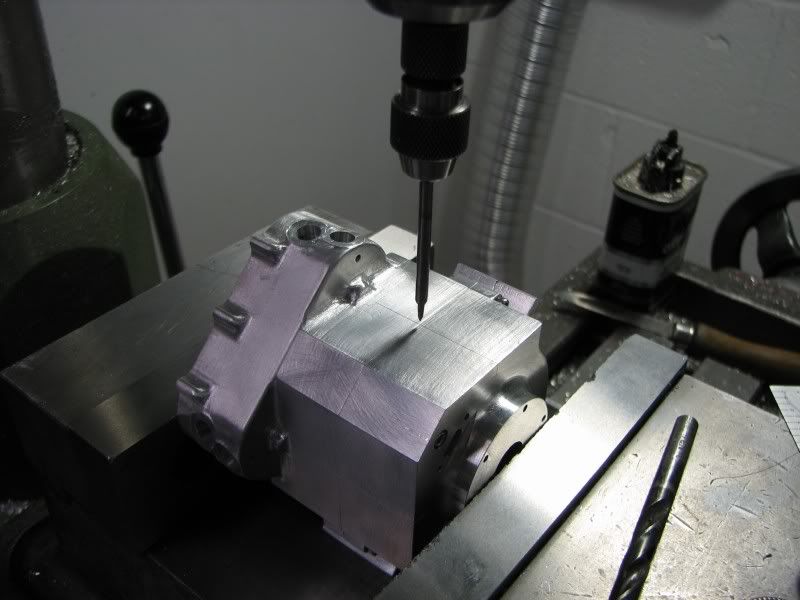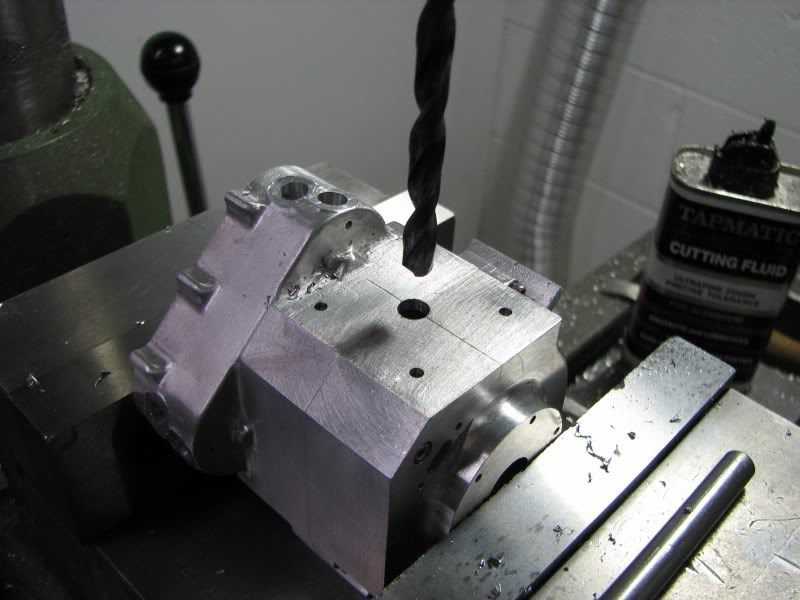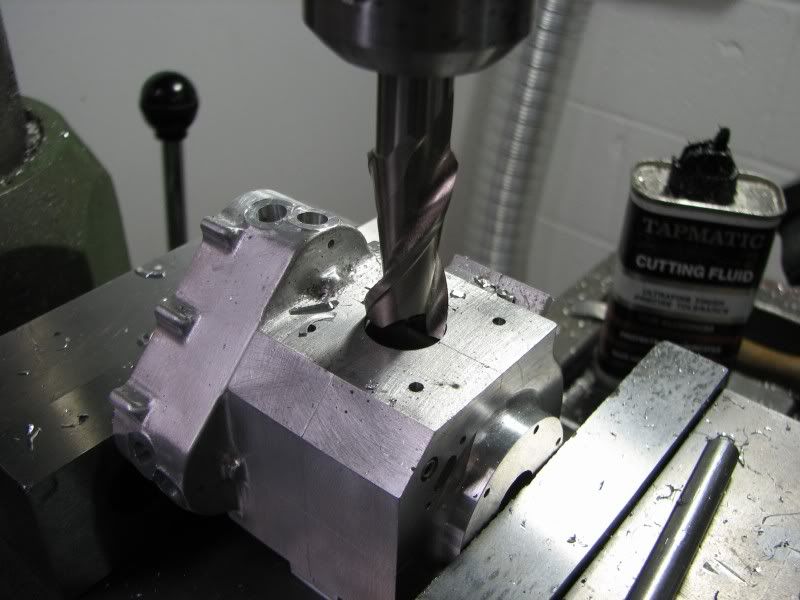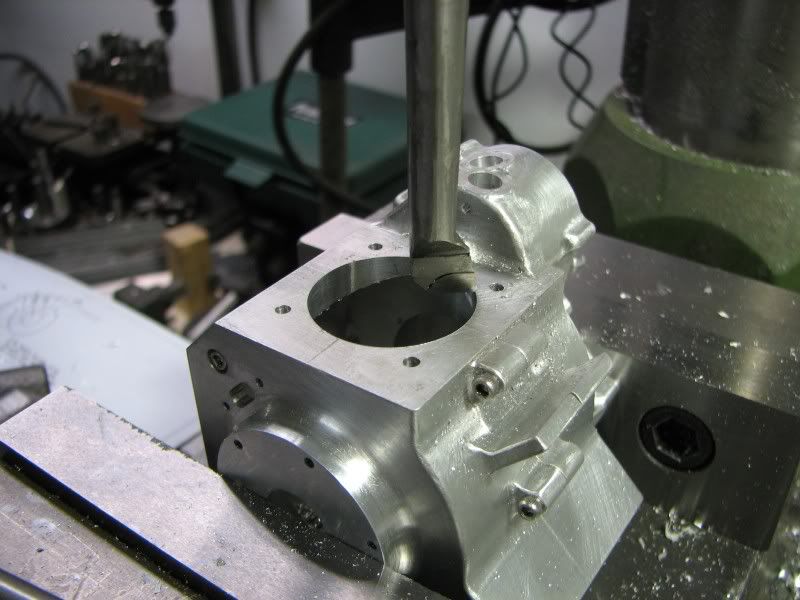zeeprogrammer
Well-Known Member
- Joined
- Mar 14, 2009
- Messages
- 3,362
- Reaction score
- 13
I've been learning to indicate my rotary table in the mill.
I've had all sorts of problems trying to get it right...in part because I don't have sufficient reach. (I see that holder of yours providing a little more offset.) But also because I just haven't figured out a good process.
I'm at the point now where I throw a dead center in the table (MT2) and indicate on the sides of that. It's been relatively easy and seems to work well but I'm not convinced it's the most accurate.
I'd be interested in your thoughts about using the dead center and/or any tips on technique to indicate without it (although I think an offset holder would help).
Thanks.
I've got a ways to go before I can make something that complicated. Very nice.
I've had all sorts of problems trying to get it right...in part because I don't have sufficient reach. (I see that holder of yours providing a little more offset.) But also because I just haven't figured out a good process.
I'm at the point now where I throw a dead center in the table (MT2) and indicate on the sides of that. It's been relatively easy and seems to work well but I'm not convinced it's the most accurate.
I'd be interested in your thoughts about using the dead center and/or any tips on technique to indicate without it (although I think an offset holder would help).
Thanks.
I've got a ways to go before I can make something that complicated. Very nice.





